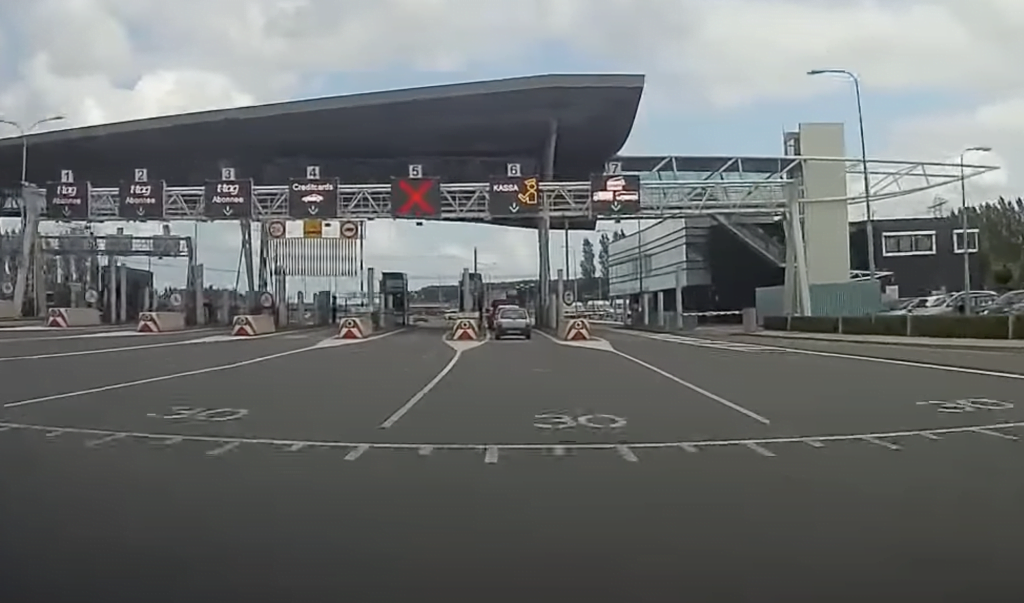The results of these studies will be taken into account by the government when making choices.
About half of motorists pay more for their car under each road pricing system, according to a study for the Ministries of Finance and Infrastructure and Water Management. The main outcome of the study is that motorists will pay an average of between 7 and more than 8 euro cents per kilometer from 2030.
The coalition agreement provides that by 2030 the current motor vehicle tax will be replaced by a 'pay according to use' system. This means that car owners of passenger cars and vans will no longer pay a fixed tax for car ownership from that year, but rather a rate per kilometer driven. To shape the details of this payment structure, follow-up studies have been carried out into various relevant subjects.
Today are these onderzoeken published, which, among other things, map possibilities for determining the mileage rate, the influence on car taxes and income effects, and compliance behavior of car owners when mileage registration is used.
additional studies
Crucial elements of the 'Pay according to use' system, such as the setting of rates (rate structure), are not yet final. The additional studies will help the government to gain insight into the choices still to be made and the consequences of these decisions.
In order to work out the 'pay according to use' principle, it must be determined what the costs per kilometer will be for a motorist. A study in the fall of 2022 mapped out the effects of various tariff structure options. This recent follow-up study builds on the findings of that previous study and examines additional options for pricing per kilometer. For example, an option has been considered in which the rate depends on the weight of the car and whether the vehicle is electric. Furthermore, the rates and effects of introducing a single rate for passenger cars and a separate rate for delivery vans have been re-examined.
For each option, the regional and income effects for different types of households, the impact on government revenues and the impact on harmful emissions from car traffic were examined. With a view to the future, in which an increasing part of the fleet will be electric, research has been carried out into how the rates and their effects will develop in the long term.

All feedback will be incorporated into a new version of the bill, which will be sent to the Council of State for advice in the fall.
To determine the tax for each driver, the number of kilometers each vehicle drives per year is calculated. This recent study, which builds on a previous study of different mileage recording methods, also sheds light on the susceptibility to fraud of mileage registration based on the vehicle's odometer. It also examines what measures can be taken to encourage compliance and prevent fraud. In addition, the way in which relevant government agencies can implement and enforce the 'pay-as-you-go' system was examined.
internet consultation
The results of these studies will be taken into account by the government when making choices for the implementation of the 'pay according to use' system. After the decisions have been made, an internet consultation will be launched on the legislation for this system, where citizens and companies can submit their ideas. At the same time, the draft bill will be submitted for advice and review to various implementing organizations and consultancy firms, such as the Tax and Customs Administration and the Dutch Data Protection Authority.
All feedback will be incorporated into a new version of the bill, which will be sent to the Council of State for advice in the fall. It is expected that a bill will be submitted to the House of Representatives in the spring of 2024.


